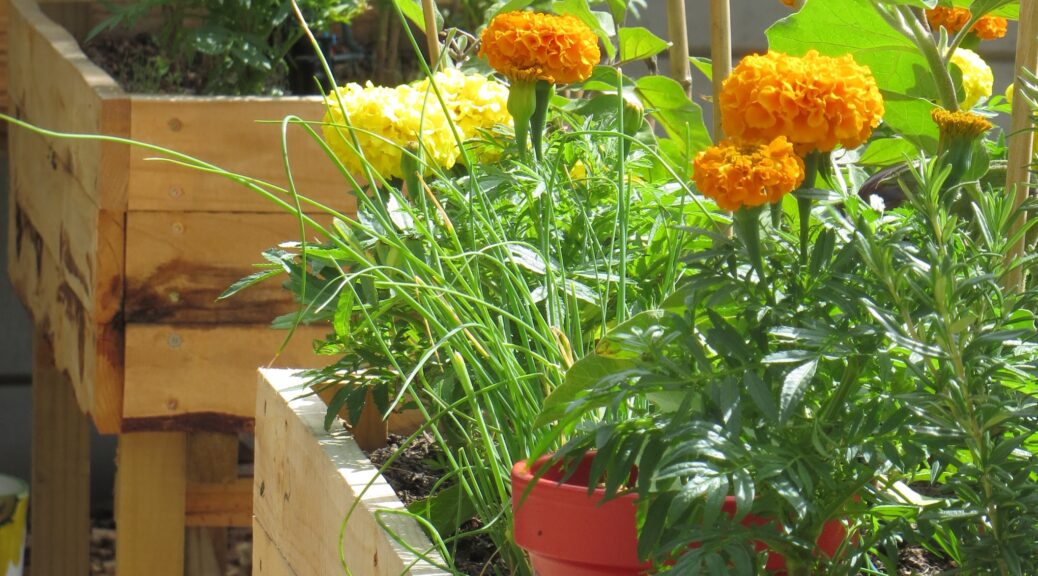
An Introduction to Companion Planting
Just as humans get along with some neighbours better than with others, the same can be said for plants. My article this week is about an introduction to companion planting. I’ll give you some tips to provide a happy plant neigbourhood in your veggie garden.
In the vegetable kingdom some plants help others flourish by repelling pests, attracting beneficial insects, or improving flavour and yield. Pairing these plants is the idea behind companion planting.

The classic good neighbourly partnership known to most is growing tomato and basil together. These two go very well together with mozzarella and a drizzle of olive oil so could it be possible that they should grow well together too? As it so happens they definitely do. In fact it is believed that the basil enhances the sweetness of tomatoes.
The many articles I’ve read on the subject of companion planting all seem to agree that although there may be no scientific evidence proving which veg grow better together and why, companion planting does work. In fact it is a method of growing crops that has been followed for centuries.
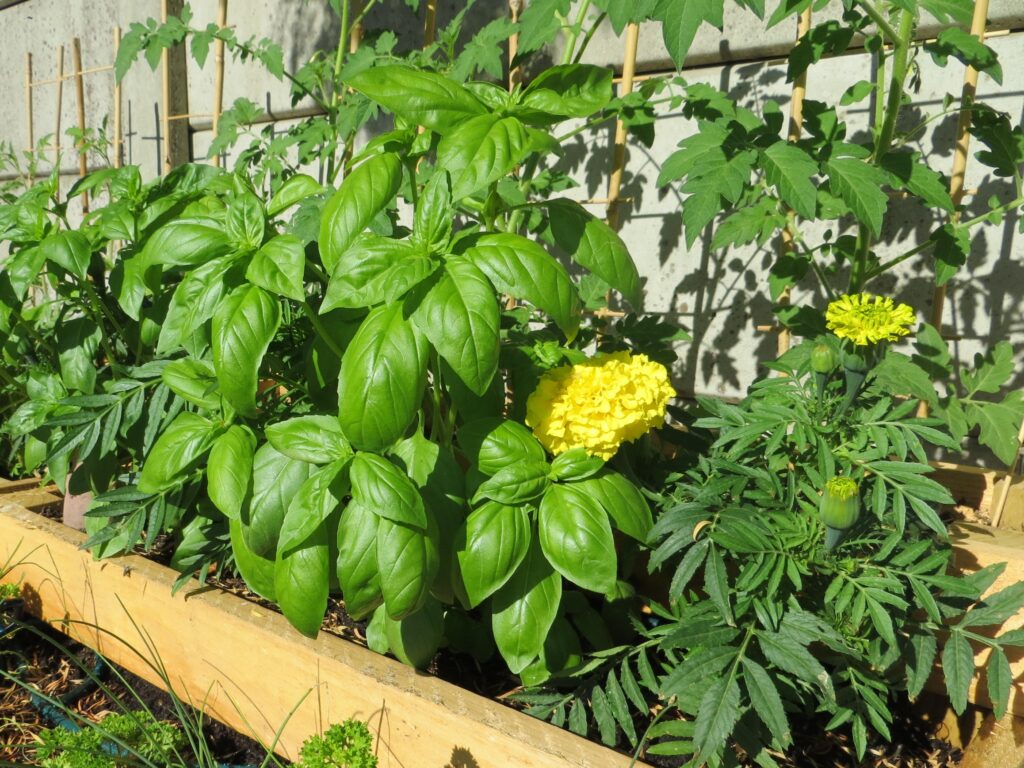
The general feeling is that one can expect better results by planting certain veggies and herbs together. I have generally stuck to the advice given on companion planting and had fairy good results.
The way companion planting works is that certain plants contribute to another’s well-being. This can be by either attracting beneficial insects or repelling pests. Sometimes a plant will actually lure the harmful bugs away from a specific plant or vegetable.
It goes deeper than that
A lot of the collaboration actually takes place underground. Marigolds, for example, are well known for preventing root knot nematodes. These are tiny organisms, also called eelworms, that invade the roots of plants. They can seriously decrease crop yield or even destroy young seedlings. Growing marigolds in between your other vegetables is therefore highly recommended.
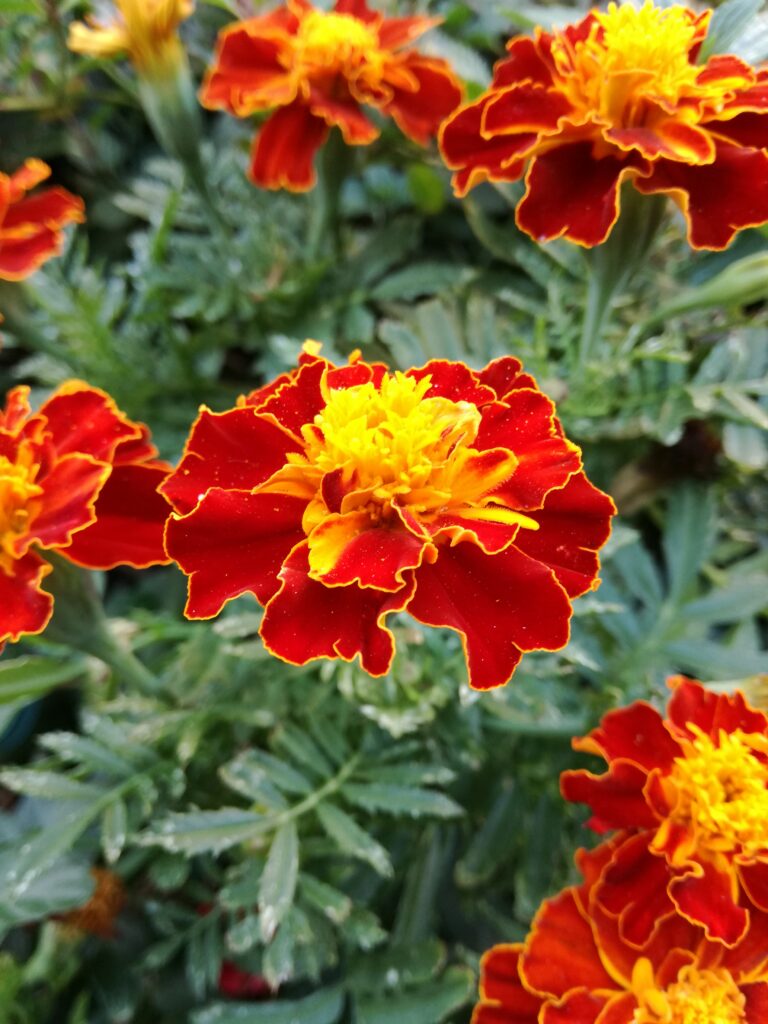
Flower power
Flowers grown between your veggies are not only a pretty sight but have the added advantage of contributing to the success of your crops. They attract the beneficial pollinators like bees and hoverflies. They can also help in pest management.
Nasturtiums can act as trap plants because they lure the pests away from your vegetables. They are great at attracting aphids and are also favoured by the White Cabbage butterfly.
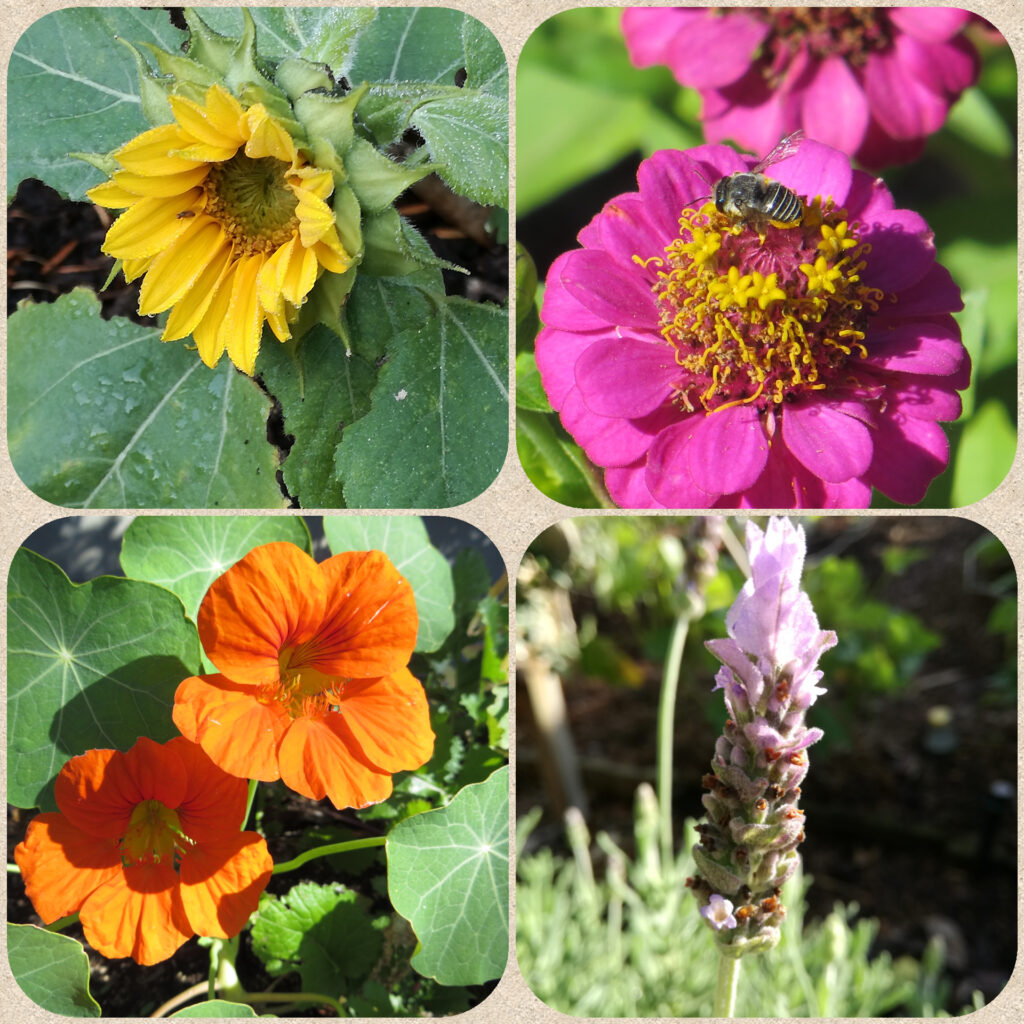
Lean on me
Sweetcorn, squash and beans are traditionally known as the “three sisters”. The sweetcorn provides the support for the beans and they both provide some shade for the squash.
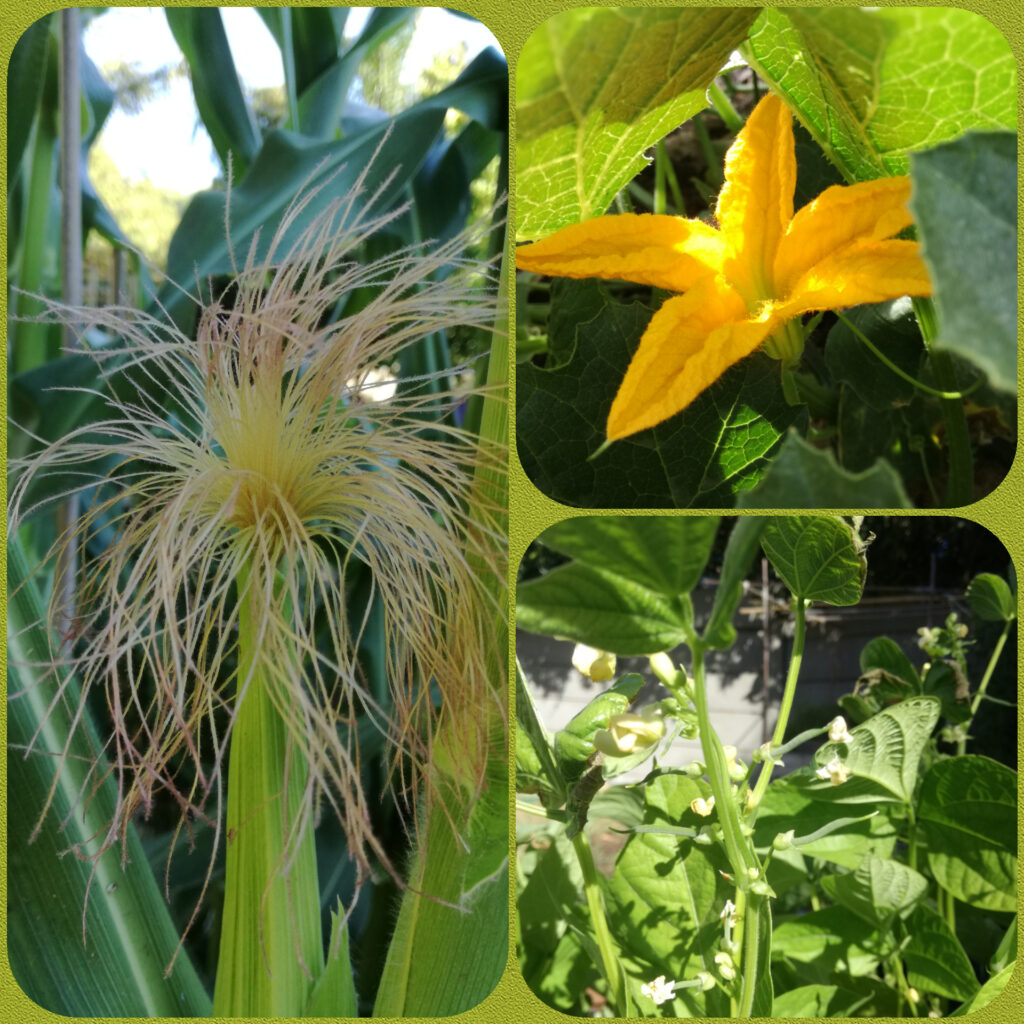
No competition
Lettuce and spinach can be grown quite successfully together with beetroot. Nitrogen is an important nutrient for healthy leaves and stems and although lettuce and spinach will require this for their leaves, they are not competing for the potassium and phosphorus needed by the beetroot for healthy root production.
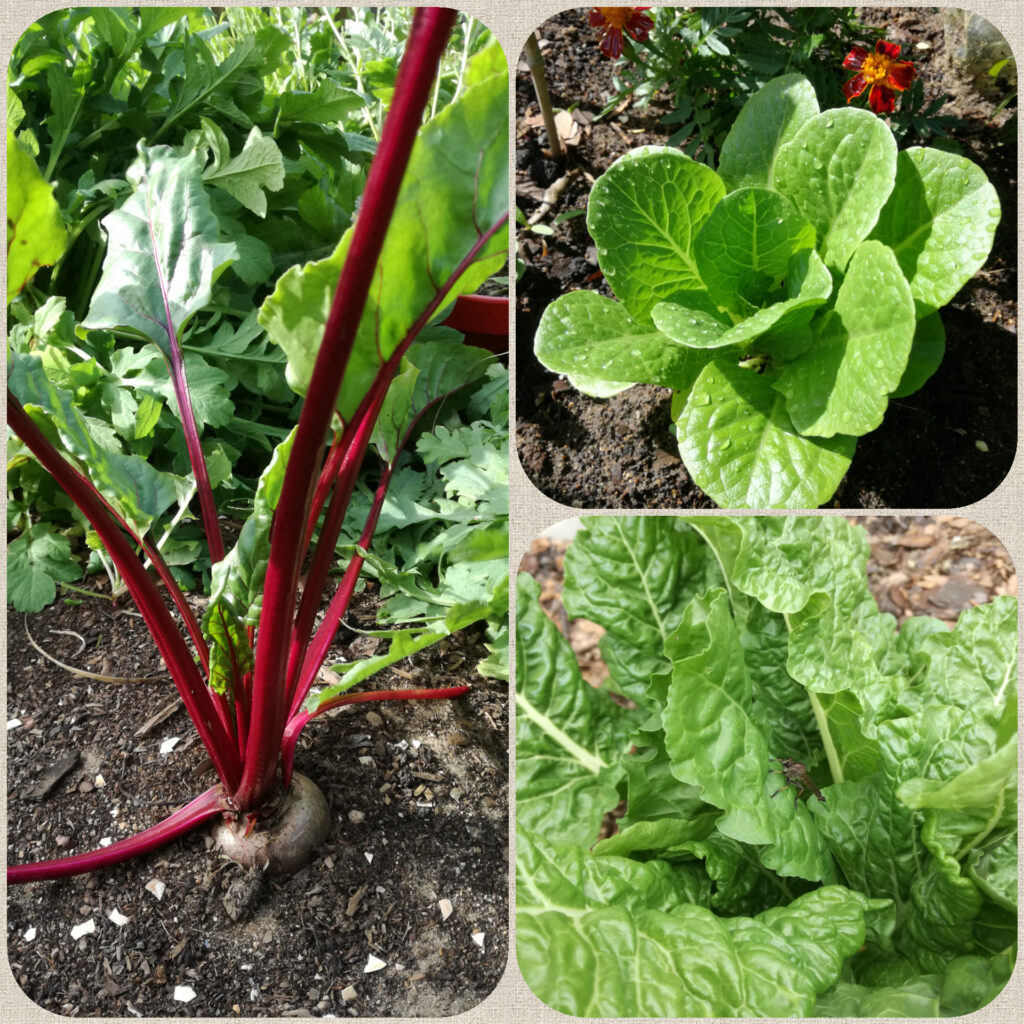
Helpful herbs
Growing herbs between the veggies can be very beneficial. Strong-smelling herbs can be useful in deterring pests. Mint helps in repelling the White Cabbage butterfly.
Chives are attributed with deterring aphids and for this reason can even be planted amongst roses.
Parsley is said to improve the flavour of tomatoes and it is believed that chamomile promotes the health and strength of any plant growing near it.
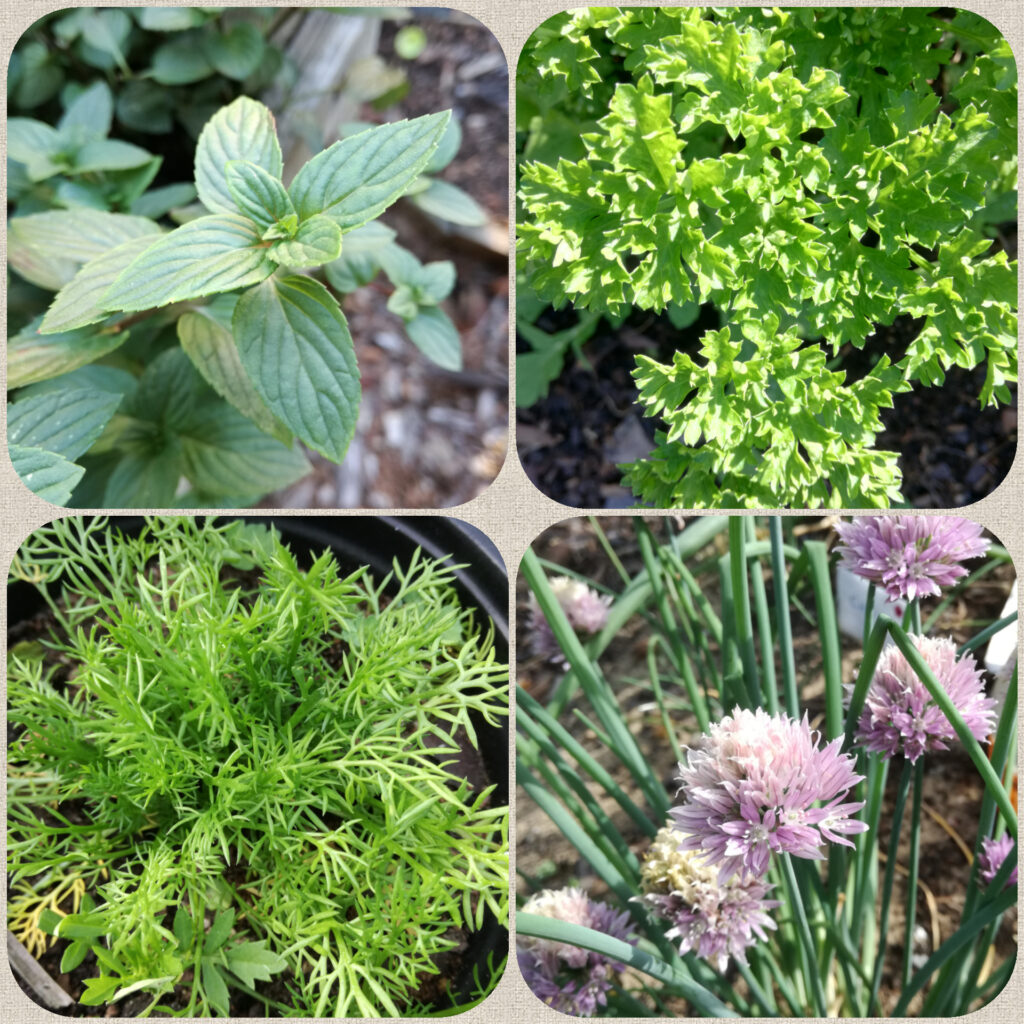
The Handy Guide to Companion Planting gives further combinations of which veggies can be planted together. I hope the tips and insights I’ve shared will help you grow a flourishing veggie garden. Please feel free to share your experiences in the comments below.
Until next time, happy gardening.
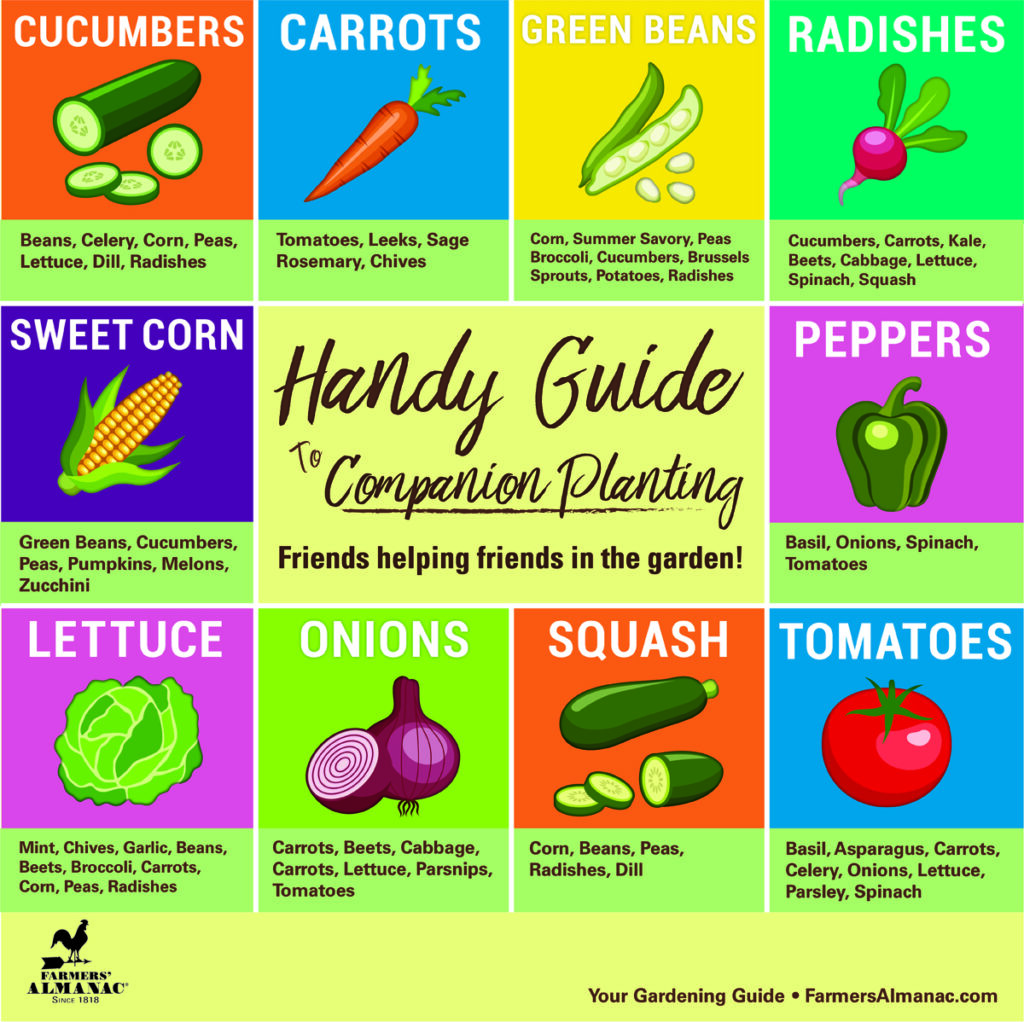
One thought on “An Introduction to Companion Planting”
Very interesting article and surprising but helpful tips!
Comments are closed.